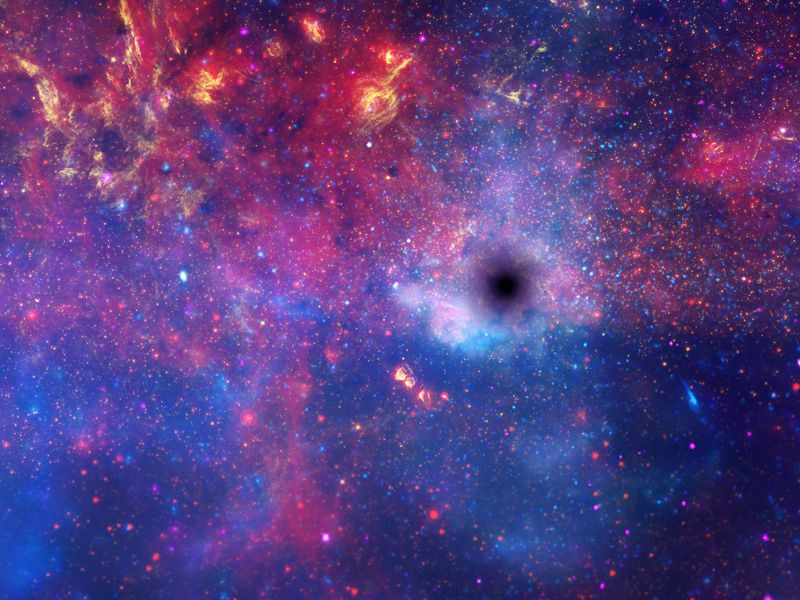The Cosmos with the Milky Way Black Hole
The center of the galaxy doesn’t look like much, even if you’re lucky enough to live in a place where the night sky is sufficiently dark to see the bands of the Milky Way. In visible light, the stars between here and there blur together into a single brilliant source, like a bright beam hiding the lighthouse behind it. But in other types of radiation—radio waves, infrared, X-rays—astronomers have detected the presence of an object with the mass of four million suns packed into a region smaller than our solar system: a supermassive black hole. Astronomers call it Sagittarius A*, or Sgr A* (pronounced “sadge A star”) for short, because it’s located (from our point of view) in the Sagittarius constellation. Discovering the Milky Way’s black hole has helped cement the idea that the center of nearly every large galaxy harbors a supermassive black hole. But despite mounting evidence for black holes, we still haven’t seen one directly. That may change very soon. Astronomers are about to begin an observing project that may result in what was once thought impossible: a picture of the supermassive black hole at the center of our galaxy.
